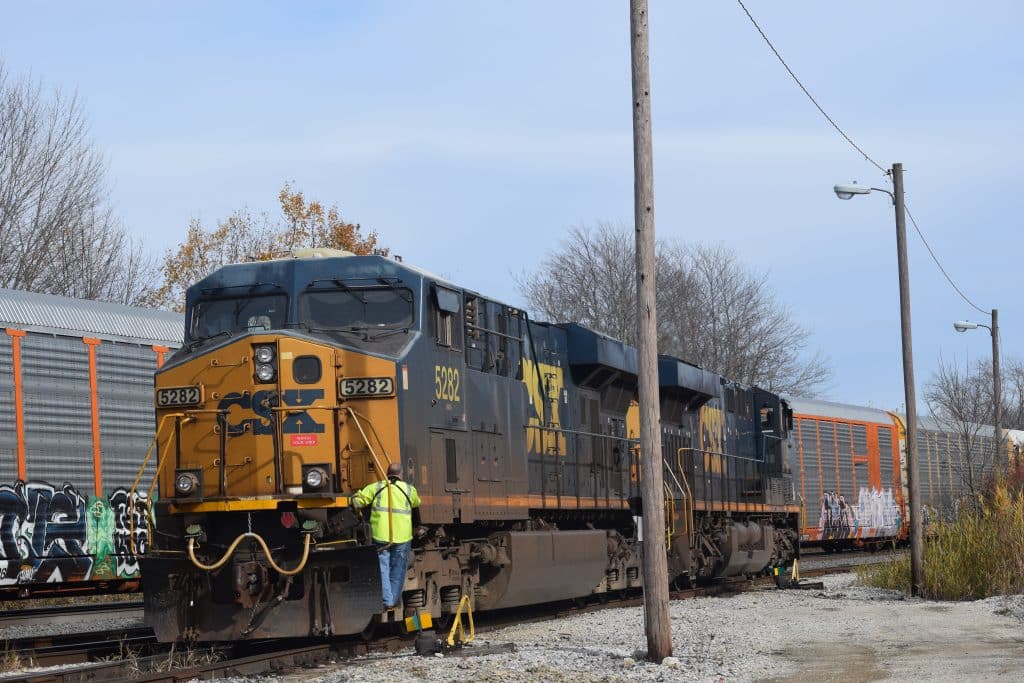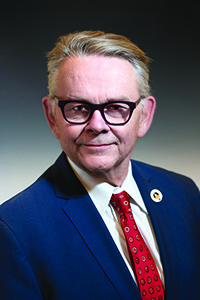After more than four years of tireless effort and advocacy, SMART-TD announced the successful passage of the Railroad Employee Equity and Fairness (REEF) Act in December 2024, with President Biden signing the bill into law in January 2025. This historic legislation permanently exempts Railroad Unemployment Insurance Benefits from sequestration, ending a 5.7% reduction that railroaders have unfairly borne for years. In simple terms, this bill ends the outdated tax of $50 every two weeks on railroaders drawing unemployment benefits from the Railroad Retirement Board (RRB).

The REEF Act rights a longstanding wrong that has disproportionately impacted railroad workers, particularly those who find themselves furloughed or medically unable to work. These workers, many of whom already face significant financial hardship when transitioning from regular railroad wages to the modest $450 every two weeks provided by the RRB, were subjected to sequestration that further reduced this already limited benefit.
“For most Americans, a $50 cut may seem insignificant, but to a railroader relying on a fixed benefit, it’s a financial crisis,” said SMART-TD National Safety and Legislative Director Greg Hynes. “After years of fighting this injustice, the REEF Act’s passage is proof that persistence pays off. The work we’ve done on Capitol Hill to secure this victory is worth every ounce of effort and all the shoe leather we left on the steps of the House and Senate buildings.”
The process to get this bill over the line was not easy. It took consistent advocacy, relentless lobbying and cooperation across political parties. SMART-TD’s Hynes and Jared Cassity, who collectively bring decades of experience from BNSF and CSX, respectively, led the charge, ensuring that Congress understood the gravity of the situation faced by railroad workers.
“We understand the struggle because we’ve lived it. We know how much that small cut impacts an out-of-work railroader’s ability to make ends meet,” said Deputy National Safety and Legislative Director Cassity. “This legislation is a direct result of the tireless advocacy of our members, who took the time to speak out, engage with lawmakers and apply pressure at every step
Cassity continued: “Railroad workers not only sell their labor, they sacrifice more than most to care for themselves and their families. It is through their hard work and efforts that railroad retirement is funded, which is why it is so rewarding to see the senseless reductions from sequestration finally lifted. In this process of advocating for REEF, our brothers and sisters have proven that they are willing to stand in solidarity to put up a fight. I couldn’t be prouder of our members for their tenacity to win back not just what was earned — but what is deserved.”
The REEF Act’s passage is a powerful reminder of what is possible when unions, lawmakers and working people come together to fight for fairness. Cassity and Hynes extended their deepest thanks, on behalf of SMART-TD, to all of the sponsors and cosponsors who supported this bill, as well as the thousands of TD members who stood united throughout the process.
“SMART-TD members have stood shoulder-to-shoulder with us every step of the way, from rallies to calls to congressional offices. This victory belongs to every one of our members who answered the call and fought to make sure their voices were heard,” said Hynes. “It is because of their engagement, their commitment and their perseverance that we’ve been able to secure this long-overdue relief.”


 In a letter to state directors, National Legislative Director John Risch and Alternate National Legislative Director Greg Hynes report the following:
In a letter to state directors, National Legislative Director John Risch and Alternate National Legislative Director Greg Hynes report the following: PHOENIX – UTU Arizona State Legislative Director Greg Hynes has seen the political attack on organized labor unfold in the Southeast, the Midwest and north in Idaho, knowing it was but a matter of time before the extremists came knocking on the door in the his state. When they did, Hynes and other labor union officers were prepared to fight back.
PHOENIX – UTU Arizona State Legislative Director Greg Hynes has seen the political attack on organized labor unfold in the Southeast, the Midwest and north in Idaho, knowing it was but a matter of time before the extremists came knocking on the door in the his state. When they did, Hynes and other labor union officers were prepared to fight back.